- What is Cowslip?
- Why is Cowslip Popular?
- Choosing the Right Location
- Preparing the Soil
- Planting Cowslip
- Choosing a Location
- Preparing the Soil
- Planting Cowslip
- Care and Maintenance
- Propagation
- Cowslip Care
- Planting
- Watering
- Fertilization
- Deadheading
- Propagation
- Pests and Diseases
- Propagation of Cowslip
- Propagation by Seed:
- Propagation by Division:
- Common Pests and Diseases
- Pests:
- Diseases:
- Questions and Answers:
- What is cowslip?
- Can cowslip be grown in a garden?
- What are the ideal growing conditions for cowslip?
- When is the best time to plant cowslip?
- How often should cowslip be watered?
- How do you propagate cowslip?
- Do cowslip plants require any special care?
- Videos: 5 Fast Growing Veggies You Can Harvest in Under 1 Month
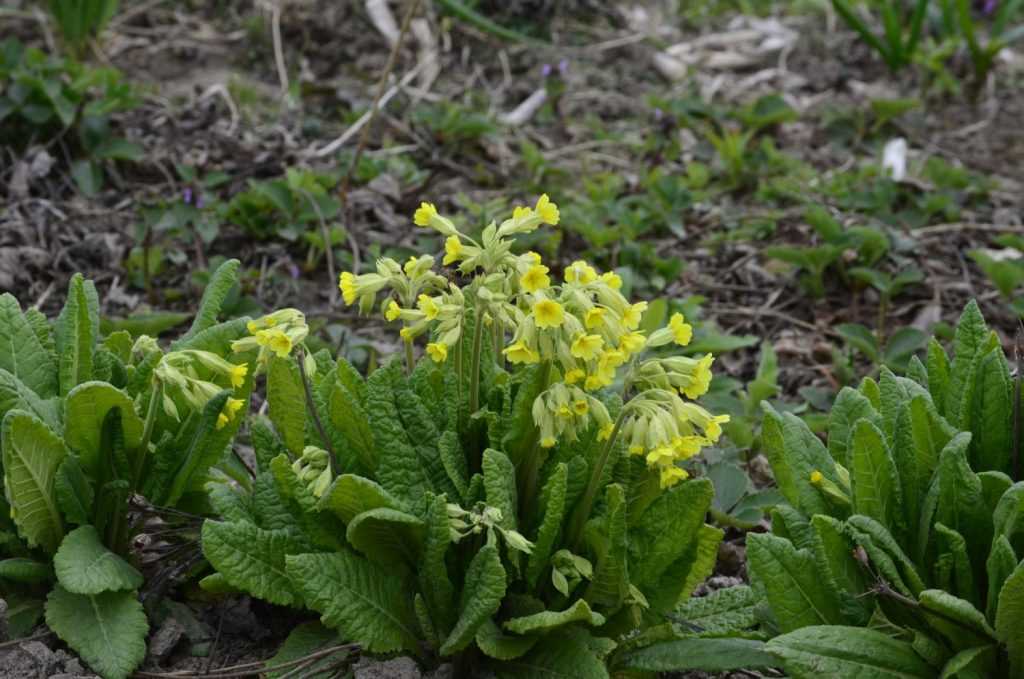
The cowslip, also known as Primula veris, is a charming and delicate flowering plant that can add a touch of beauty to any garden. With its vibrant yellow flowers and sweet scent, cowslips are a popular choice among gardeners looking to create a colorful and fragrant display.
When it comes to cultivating and caring for cowslips, there are a few key things to keep in mind. First and foremost, cowslips prefer to be grown in well-draining soil that is rich in organic matter. This will help to ensure that the plants receive the nutrients they need to thrive.
In terms of sunlight, cowslips prefer partial shade to full sun. While they can tolerate some shade, too much can cause the plants to become leggy and weak. Aim to provide them with around 4-6 hours of sunlight each day to keep them happy and healthy.
When it comes to watering, cowslips prefer to be kept evenly moist. However, be careful not to overwater, as this can lead to root rot. A good rule of thumb is to water when the top inch of soil feels dry to the touch. Mulching around the plants can help to retain moisture and keep the soil cool.
Lastly, it’s important to keep an eye out for any pests or diseases that may affect your cowslips. Slugs and snails can be a common problem, so consider using organic slug pellets or setting up beer traps to deter them. Powdery mildew and botrytis can also be an issue, so be sure to provide adequate airflow around the plants and remove any infected foliage as soon as possible.
What is Cowslip?
Cowslip, also known by its scientific name Primula veris, is a flowering plant that belongs to the primrose family. It is native to Europe and can be found growing in meadows, woodland edges, and other damp areas. Cowslips are herbaceous perennials that are valued for their beautiful clusters of yellow, bell-shaped flowers and delicate fragrance.
These plants typically grow to a height of 6-12 inches and have basal leaves that form a rosette. The leaves are oval-shaped and have a slightly wrinkled texture. Cowslips usually bloom in early spring, producing clusters of flowers on stalks that rise above the foliage.
Although cowslips are primarily grown for their ornamental value, they also have traditional medicinal uses. The flowers and leaves of the plant contain bioactive compounds that have been used in herbal remedies for their soothing and calming effects.
If you are planning to grow cowslips in your garden, it is important to provide them with the right conditions for optimal growth. Cowslips prefer cool, moist soil and partial shade, although they can tolerate some sun. They also require well-draining soil and regular watering to prevent them from drying out.
| Plant Type | Height | Flower Color | Blooming Time |
|---|---|---|---|
| Herbaceous Perennial | 6-12 inches | Yellow | Early Spring |
Cowslips can be propagated from seeds or divisions, and they are known to self-seed and spread easily. Once established, they require minimal maintenance and can be left undisturbed for years.
Overall, cowslips are a lovely addition to any garden, bringing a touch of color and fragrance to early spring. Whether you choose to grow them for their ornamental value or their medicinal properties, these charming plants are sure to delight.
Why is Cowslip Popular?
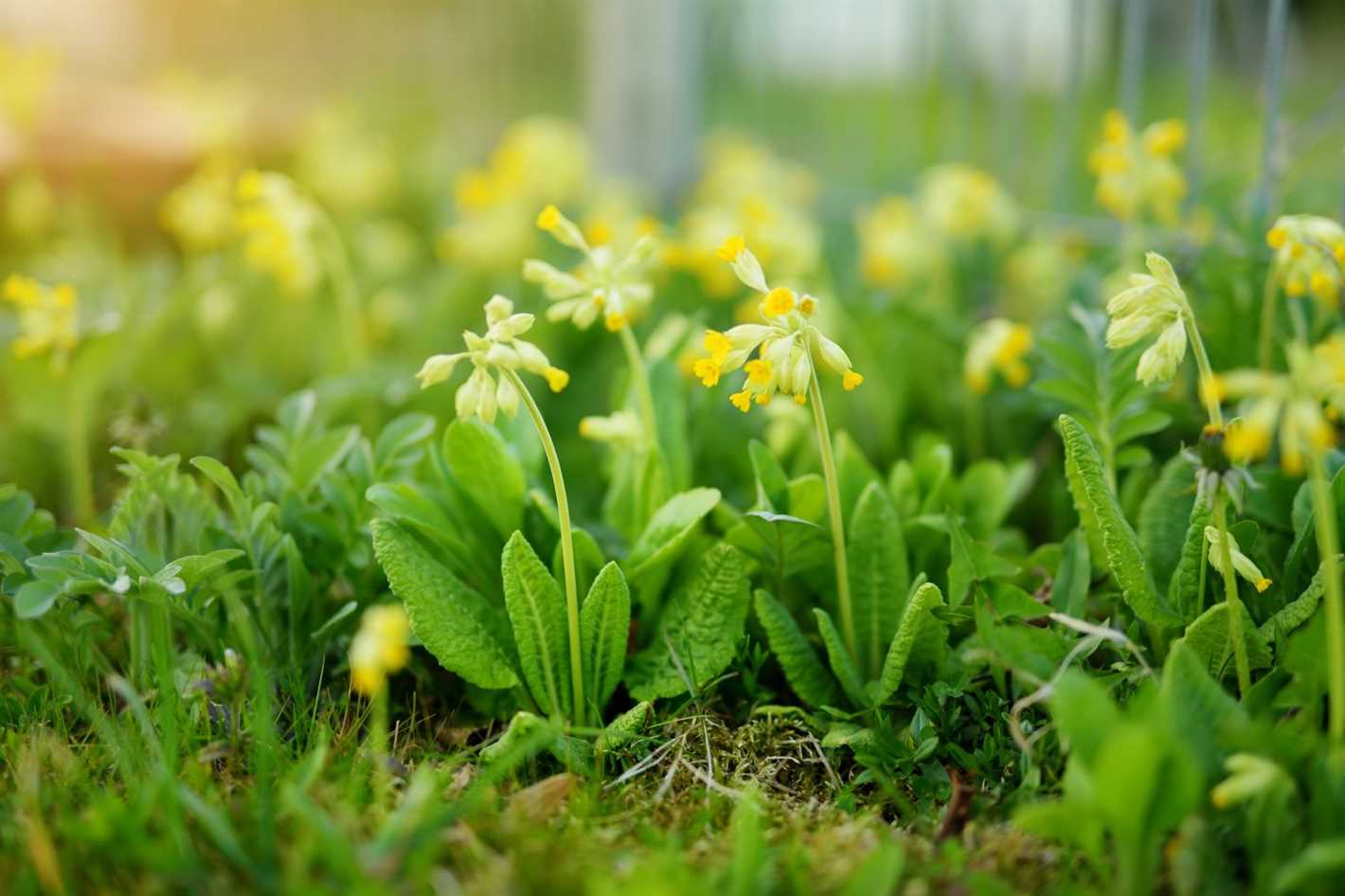

Cowslip (Primula veris) is a popular flower in home gardens due to its attractive appearance and ease of cultivation. Here are a few reasons why cowslip is a favorite among gardeners:
- Beautiful Flowers: Cowslip produces clusters of bright yellow flowers with a sweet scent, making it a visually appealing addition to any garden.
- Early Blooming: Cowslip blooms early in the spring, providing a burst of color and life after the long winter months. Its cheerful flowers can bring joy to the garden when other plants are still dormant.
- Attracts Pollinators: The bright flowers of cowslip attract various pollinators, such as bees and butterflies, helping to promote biodiversity in the garden and support the overall health of the ecosystem.
- Low Maintenance: Cowslip is a relatively low-maintenance plant, making it suitable for both beginner and experienced gardeners. It prefers partial shade and moist, well-drained soil, but can adapt to different growing conditions.
- Medicinal Uses: Cowslip has a long history of medicinal use and is still valued for its healing properties today. Its roots and flowers are used in traditional herbal remedies for coughs, congestion, and skin conditions.
In summary, cowslip is popular among gardeners for its beautiful flowers, early blooming, pollinator-attracting qualities, low maintenance requirements, and medicinal uses. Whether you are looking to add color to your garden or explore herbal remedies, cowslip can be a wonderful addition to your outdoor space.
Choosing the Right Location
When it comes to growing cowslips, choosing the right location is crucial for their successful cultivation. Here are some tips to help you select the ideal spot for your cowslip garden:
- Sunlight: Cowslips require a location that receives partial shade to full sunlight. They thrive in areas with filtered sunlight or morning sun and afternoon shade. Avoid planting them in areas with intense, direct sunlight as it can scorch their delicate leaves.
- Soil: Cowslips prefer a well-draining soil that is rich in organic matter. They do best in slightly acidic to neutral soil pH levels, ranging from 6.0 to 7.0. Consider improving poor soil conditions by adding compost or well-rotted manure before planting.
- Moisture: Cowslips require consistent moisture but do not tolerate waterlogged soil. Ensure that the chosen location has good drainage to prevent root rot. Water them regularly, especially during dry periods, to keep the soil evenly moist.
- Protection: Select a location that offers some protection from strong winds. Cowslips have delicate stems and can be easily damaged by strong gusts. Planting them in a sheltered spot, such as near a fence, wall, or other plants, can provide the necessary protection.
By considering these factors when choosing the right location for your cowslips, you can create an optimal growing environment and ensure the success of your garden.
Preparing the Soil
Before planting cowslip in your garden, it is important to prepare the soil to ensure optimal growth and success. Here are some steps to follow:
- Choose the right location: Cowslip prefers a location with partial shade, although it can tolerate full sun in cooler climates. Make sure the area has well-draining soil to prevent waterlogging.
- Clear the area: Remove any weeds or grass from the planting site to prevent competition for nutrients and space.
- Amend the soil: If your soil is heavy clay or lacks organic matter, it is advisable to amend it with compost or well-rotted manure. This will improve drainage and provide essential nutrients for healthy growth.
- Test the soil pH: Cowslip thrives in slightly acidic to neutral soil with a pH between 6.0 and 7.0. Use a soil testing kit to determine the pH level and adjust it if necessary.
- Loosen the soil: Use a garden fork or tiller to loosen the soil to a depth of about 8-10 inches. This will help the cowslip roots to penetrate easily and establish themselves.
- Remove any rocks: While loosening the soil, remove any rocks or debris that may hinder root growth or cause poor drainage.
By following these steps and preparing the soil adequately, you will provide a favorable environment for cowslip to flourish in your garden.
Planting Cowslip
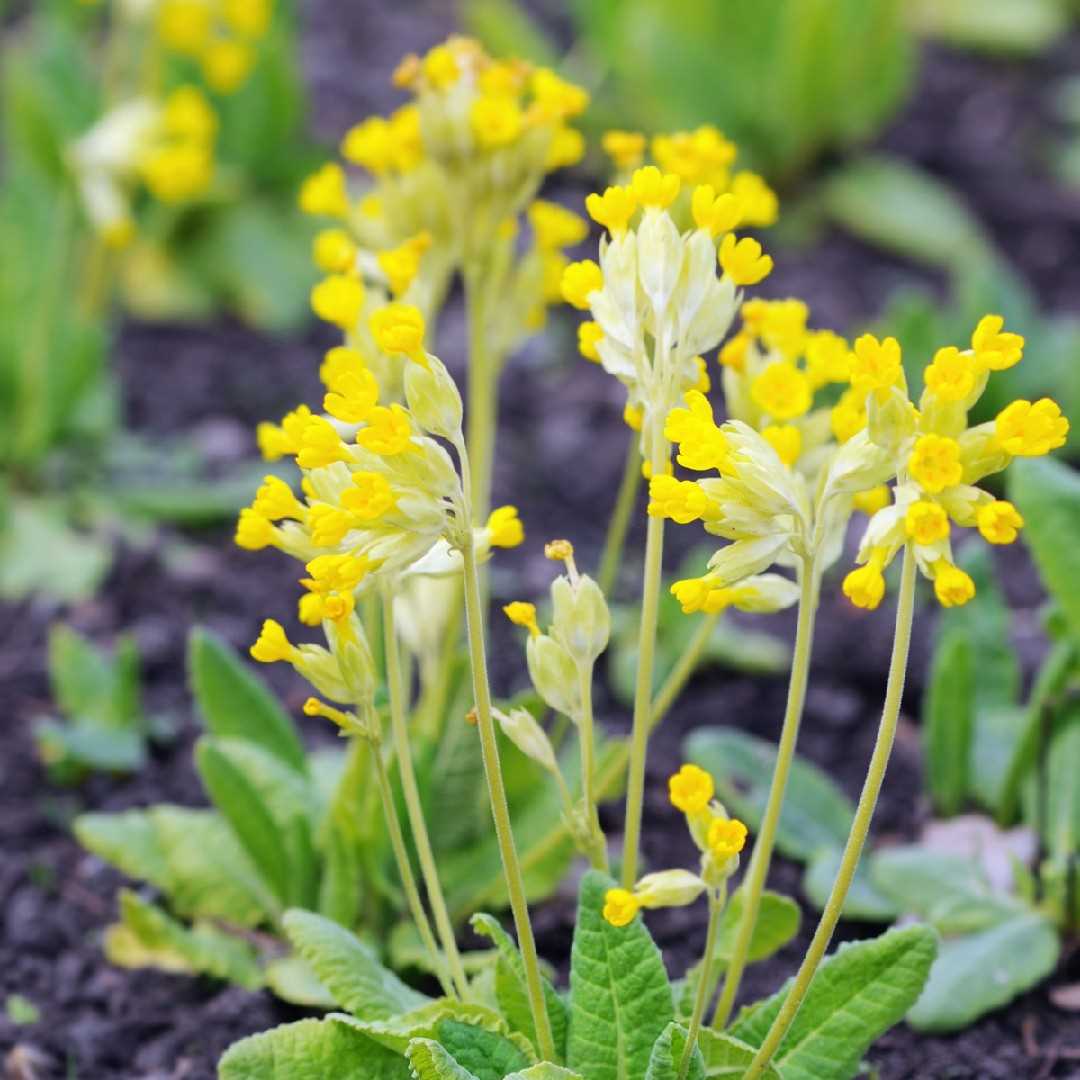

Cowslip is a herbaceous perennial that is native to Europe, and it is commonly found in meadows, woodlands, and grassy areas. It is a great addition to any garden due to its beautiful flowers and delicate fragrance.
Choosing a Location
Cowslip thrives in partial shade but can also tolerate full sun. It is important to choose a location that has well-draining soil, as cowslip does not like to sit in water. If your soil is heavy or compacted, you can improve its drainage by adding organic matter, such as compost or leaf mulch.
Preparing the Soil
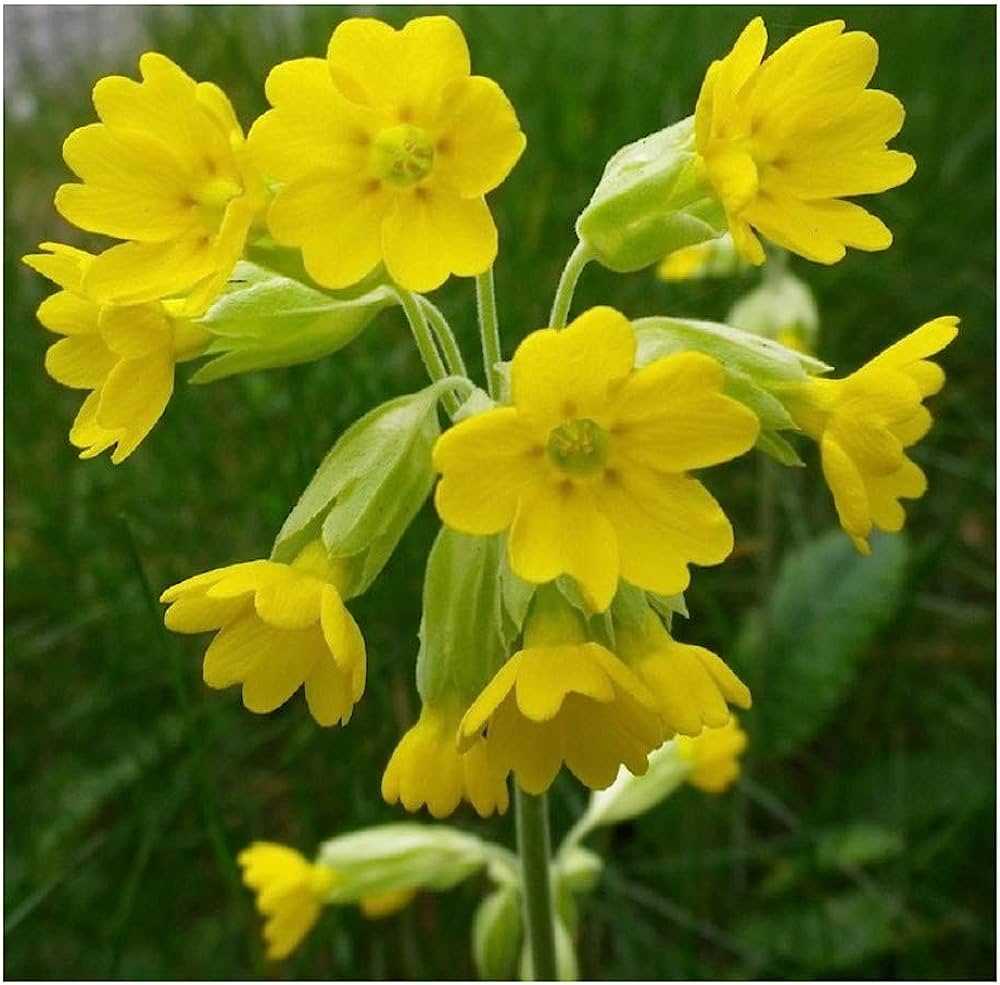

Before planting cowslip, it is important to prepare the soil. Start by removing any weeds or grass from the area. Then, loosen the soil with a garden fork or tiller to a depth of about 6 to 8 inches. This will help the roots to establish and allow for good drainage.
Planting Cowslip
When planting cowslip, dig a hole that is slightly larger than the root ball of the plant. Place the plant in the hole, making sure that the crown is level with or slightly above the soil surface. Backfill the hole with soil, firming it gently around the plant. Water thoroughly after planting to settle the soil.
Care and Maintenance
Cowslip is a low-maintenance plant, but it still requires some care to thrive. Keep the soil evenly moist, and water during dry spells. Mulching around the plants can help conserve moisture and suppress weed growth.
Deadhead the flowers after they fade to encourage more blooms and prevent self-seeding. In the fall, cut back the foliage to the ground to allow for new growth in the following spring.
Fertilizing is not usually necessary for cowslip, but if your soil is poor, you can apply a balanced, slow-release fertilizer in early spring.
Propagation
Cowslip can be propagated by dividing established clumps. This is best done in the spring after the plants have finished blooming. Carefully lift the clump and divide it into smaller sections, making sure that each section has a good amount of roots. Replant the divisions immediately, water well, and provide them with the same care as mature plants.
Alternatively, cowslip can be grown from seed. Sow the seeds in trays or pots filled with a well-draining potting mix in early spring. Keep the soil moist and the trays in a cool location. Once the seedlings have developed a few true leaves, they can be transplanted into the garden.
| Cowslip Planting Summary | |
|---|---|
| Light: | Partial shade to full sun |
| Soil: | Well-draining, amended with compost |
| Water: | Keep soil evenly moist |
| Maintenance: | Deadhead flowers, cut back foliage in fall |
| Propagation: | Division or seeds |
Cowslip Care
Cowslips are beautiful spring flowers that can add a touch of elegance to any garden. To ensure that your cowslips thrive and remain healthy, it’s important to provide them with the proper care. Here are some tips for successfully cultivating and caring for cowslips in your garden:
Planting
- Choose a location that receives partial shade or dappled sunlight. Cowslips prefer a cool and moist environment.
- Prepare the soil by removing any weeds or rocks. Cowslips thrive in well-draining soil that is rich in organic matter.
- Dig a hole that is deep enough to accommodate the root ball of the cowslip plant. Place the plant in the hole and cover it with soil, gently firming it around the base of the plant.
- Water the plant thoroughly after planting to help it establish its root system.
Watering
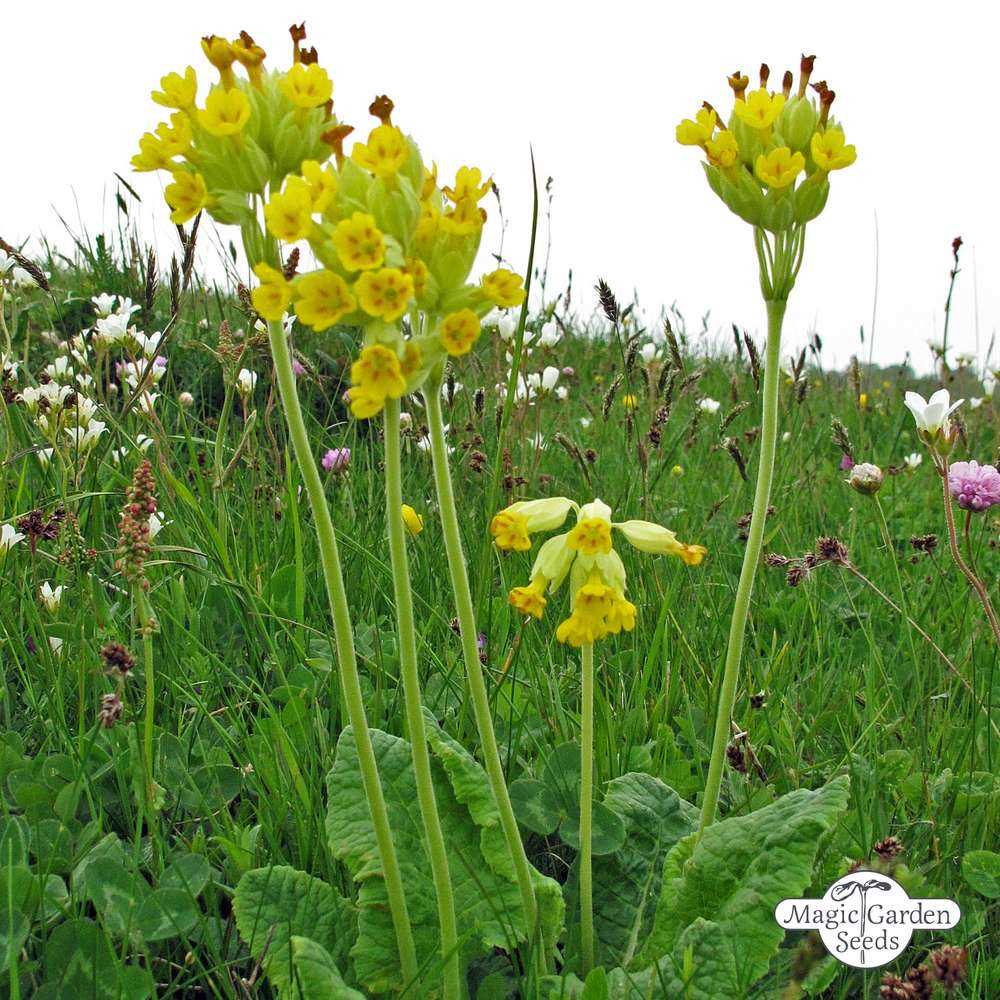

Keep the soil consistently moist throughout the growing season. Cowslips prefer a slightly damp soil, but avoid overwatering, as this can lead to root rot. Check the soil regularly and water when it begins to dry out.
Fertilization
Fertilize cowslips once a year in early spring. Use a balanced slow-release fertilizer or an organic compost. Apply the fertilizer according to the instructions on the packaging, taking care not to over-fertilize, as this can cause the plant to produce lush foliage at the expense of flowers.
Deadheading
Remove faded flowers to promote continuous blooming and prevent the plant from diverting energy into seed production. This will encourage the growth of new flowers and prolong the blooming period.
Propagation
Cowslips can be propagated by dividing the clumps in early spring or during the fall. Gently dig up the clump and separate the individual plants, ensuring that each division has a portion of the root system. Replant the divisions in a suitable location and water them thoroughly.
Pests and Diseases
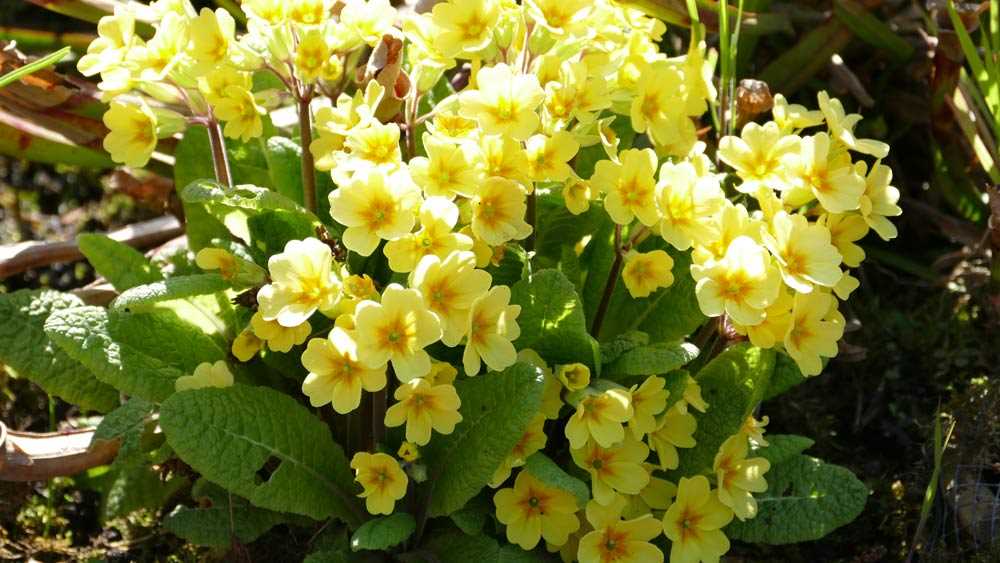

Cowslips are generally resistant to most pests and diseases, but they can occasionally be affected by aphids or slugs. Monitor your plants regularly and take appropriate action if you notice any infestations. Use natural pest control methods or consult with a local garden center for appropriate treatments.
By following these care tips, your cowslips should flourish in your garden, providing you with beautiful flowers and a delightful scent.
Propagation of Cowslip
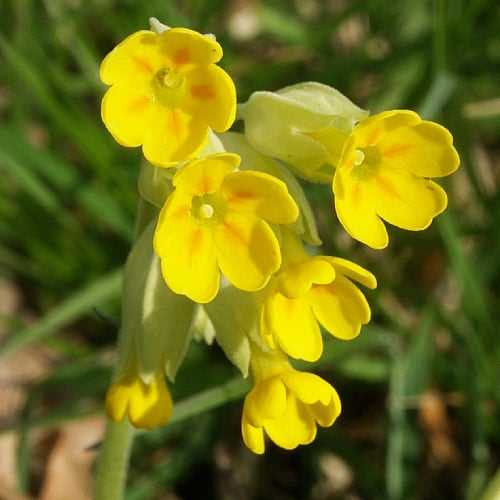

The Cowslip plant can be propagated in several ways, including by seed and by division. Here are some tips on how to propagate Cowslip successfully:
Propagation by Seed:
- Collect the seeds from mature Cowslip plants in late summer or early autumn.
- Remove the seed heads and allow them to dry completely.
- Once dried, gently crush the seed heads to release the seeds.
- Prepare a seed tray or small pots with a well-draining potting mix.
- Sow the seeds on the surface of the soil and lightly cover them with a thin layer of compost or vermiculite.
- Water the seeds gently to keep the soil moist but not waterlogged.
- Place the tray or pots in a cool and bright location, preferably with indirect sunlight.
- The seeds should germinate within 2-3 weeks.
- Once the seedlings have developed their first true leaves, they can be transplanted to individual pots or into the garden.
Propagation by Division:
- Choose a healthy and mature Cowslip plant to divide.
- In early spring or after flowering, carefully dig up the plant, taking care not to damage the roots.
- Divide the plant into several smaller clumps by gently pulling apart the root mass.
- Each clump should have a healthy set of roots and some foliage.
- Replant the divisions immediately in prepared soil or containers.
- Water the divisions well and keep them evenly moist until they establish.
- Transplant the established divisions to their final location in the garden or leave them in containers.
By following these propagation methods, you can easily propagate Cowslip plants and enjoy their charming blooms in your garden.
Common Pests and Diseases
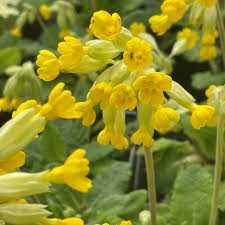

Despite being a hardy and robust plant, cowslips can still be susceptible to a few common pests and diseases. It’s important to keep an eye out for any signs of infestation or illness, as early detection and treatment can help prevent the spread and minimize damage.
Pests:
- Aphids: These small insects can cause damage to the leaves and stems of cowslips by sucking sap from the plant. Look out for clusters of aphids and treat with insecticidal soap or neem oil.
- Slugs and snails: These slimy creatures are attracted to cowslips, especially during wet weather. Use organic slug repellents or create physical barriers such as copper tape or eggshells around your plants.
Diseases:
- Powdery mildew: This fungal disease is characterized by a white, powdery coating on the leaves and stems of the plant. Remove affected leaves and treat with a fungicide suitable for powdery mildew.
- Rust: Rust is another fungal disease that appears as orange or yellowish spots on the leaves. Remove and destroy infected leaves and treat with a suitable fungicide.
Tips for prevention:
- Plant cowslips in well-drained soil and provide adequate spacing between plants to improve air circulation.
- Avoid overwatering and water plants at the base to prevent moisture-related issues.
- Regularly inspect your plants for signs of pests or diseases and take immediate action.
- Maintain a clean garden environment by removing debris and fallen leaves, as they can harbor pests and diseases.
- Consider using natural pest control methods such as companion planting or introducing beneficial insects like ladybugs to your garden.
By following these tips and keeping a watchful eye on your cowslips, you can enjoy a healthy and thriving garden filled with these beautiful flowers.
Questions and Answers:
What is cowslip?
Cowslip (Primula veris) is a flowering plant that belongs to the primrose family. It is native to Europe and parts of Asia and is known for its clusters of yellow, bell-shaped flowers.
Can cowslip be grown in a garden?
Yes, cowslip can be grown in a garden. It is a hardy plant that can thrive in a variety of soil types and climates.
What are the ideal growing conditions for cowslip?
Cowslip prefers moist, well-drained soil and partial shade. It can tolerate full sun, but may require more water in hot, dry climates.
When is the best time to plant cowslip?
The best time to plant cowslip is in the spring or early summer, after the danger of frost has passed. It can also be planted in the fall, but may not flower until the following spring.
How often should cowslip be watered?
Cowslip should be watered regularly, keeping the soil moist but not saturated. It may require more frequent watering during hot, dry periods.
How do you propagate cowslip?
Cowslip can be propagated by seed or by division. Seeds can be sown in containers or directly in the garden in the spring. Division can be done in the fall or early spring by separating the plant clumps and replanting them.
Do cowslip plants require any special care?
Cowslip plants are generally low-maintenance, but they may benefit from a layer of mulch to help retain moisture and suppress weeds. Deadheading the flowers can also encourage more blooms.







